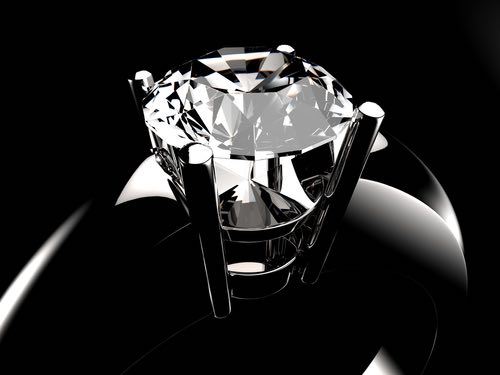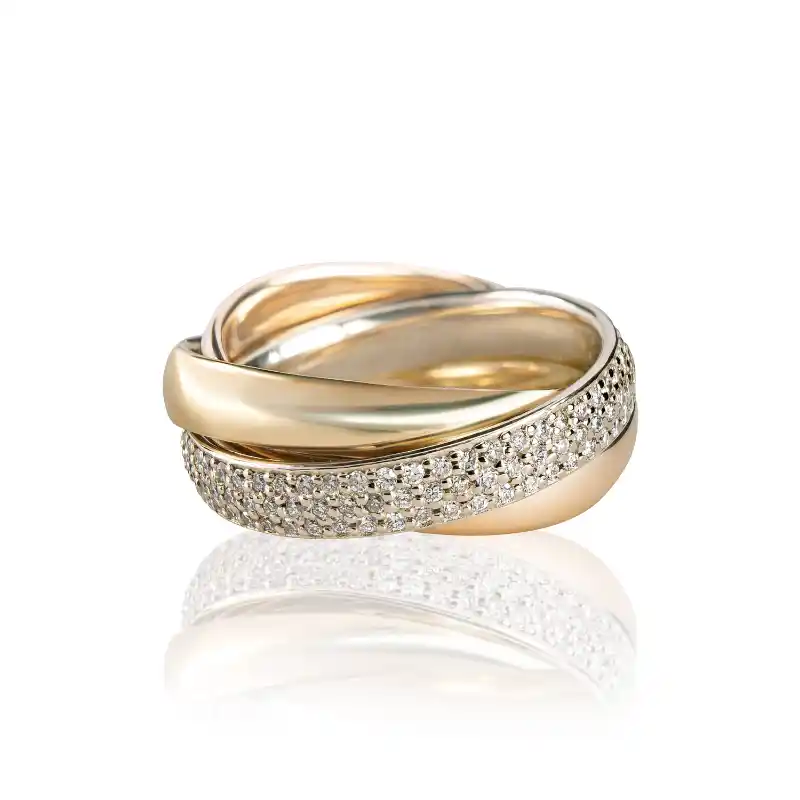
How Fluorescence Affects Diamond Value in Today’s Market
When evaluating a diamond, most people focus on the traditional “4Cs” — cut, color, clarity, and carat weight. But there’s another factor that can influence both the appearance and the value of a diamond: fluorescence. Understanding what fluorescence is, how it impacts the way a diamond looks, and how the market responds to it can help buyers and sellers make informed decisions.
What Is Diamond Fluorescence?
Fluorescence refers to the visible light a diamond emits when exposed to ultraviolet (UV) light. About 25–30% of diamonds naturally exhibit some level of fluorescence, most often a soft blue glow. In rare cases, fluorescence can appear in colors like yellow, green, or orange, but blue is by far the most common.
Fluorescence is measured on a scale, typically by laboratories such as the GIA (Gemological Institute of America), ranging from None, Faint, Medium, Strong, to Very Strong. A diamond graded as “None” will not glow under UV light, while a diamond with “Very Strong” fluorescence may exhibit a noticeable glow even in natural sunlight.
How Does Fluorescence Impact a Diamond’s Appearance?
The effect of fluorescence depends on the diamond’s body color.
> In Colorless Diamonds (D–F): Strong fluorescence can sometimes make the diamond appear hazy, oily, or milky, reducing transparency. For buyers seeking a crisp, bright look, this is generally considered undesirable.
> In Near-Colorless to Lower Colors (G–J and beyond): Blue fluorescence can actually improve the diamond’s face-up appearance. Since blue is complementary to yellow, the fluorescence can offset faint yellowish undertones, making the diamond look whiter and more attractive.
> In Fancy Color Diamonds: Fluorescence can alter or diminish the richness of the color. For example, a yellow diamond with strong blue fluorescence may appear slightly less saturated.
Because of these effects, the impact of fluorescence is not uniform. Some stones with strong fluorescence may still appear lively and brilliant, while others may look cloudy. This is why gemologists often advise evaluating fluorescent diamonds in person before making a judgment.
How Fluorescence Affects Diamond Value
In today’s market, fluorescence can either reduce or slightly enhance a diamond’s value, depending on the specifics:
> Discounts for Strong Fluorescence in Colorless Grades: A D, E, or F color diamond with strong typically trades at a discount of up to 20%, very strong fluorescence typically trades at a discount — sometimes 20–30% lower than a comparable stone without fluorescence. Buyers in this range usually want a pristine, icy-white look, and any hint of haziness can deter demand.
> Potential Advantage in Lower Colors: For diamonds in the G–J range, strong fluorescence may trade at a 10-15% discount with very stong being higher. However in some rare cases it can be a positive. If fluorescence makes the diamond appear whiter, buyers may get the look of a higher color grade at a more affordable price.
> Rarity Premiums in Unique Cases: Very occasionally, collectors may value unusual fluorescence (such as strong green or orange) for its uniqueness, but this is niche and not the norm in the mainstream market.
Overall, the resale and wholesale markets tend to be cautious with fluorescent diamonds, especially at the higher color grades. While fluorescence is not inherently “bad,” the perception of it can influence liquidity and pricing mostly in a negatice direction.
How to Tell If Your Diamond Has Fluorescence
The easiest way to determine fluorescence is through the diamond’s grading report. Certificates from laboratories such as GIA, IGI, or AGS clearly list the level of fluorescence, if any. If your diamond is certified, this information is printed directly on the report.
For those without a certificate, there are two simple methods:
> UV Light Test: Expose the diamond to a blacklight (such as the ones used in clubs or by gemologists). If the stone emits a glow — most often blue — it has fluorescence. The intensity of the glow gives an indication of its grading.
> Professional Appraisal: A trained gemologist can quickly identify and grade the level of fluorescence. This is the most reliable method, especially if you are considering selling your diamond or seeking an accurate valuation.
Final Thoughts
Fluorescence is one of the most misunderstood aspects of diamond grading. While it can sometimes detract from the value of high-color stones, it can also enhance the beauty of diamonds with warmer tones. The key is to view the diamond in person, under various lighting conditions, and to rely on a professional grading report for objective details.
For buyers, fluorescence can present an opportunity to acquire a beautiful diamond at a more favorable price. For sellers, understanding how it affects value ensures realistic expectations when entering the marketplace. In today’s diamond industry, knowledge of fluorescence isn’t just a detail — it’s an important part of making confident, informed decisions.












